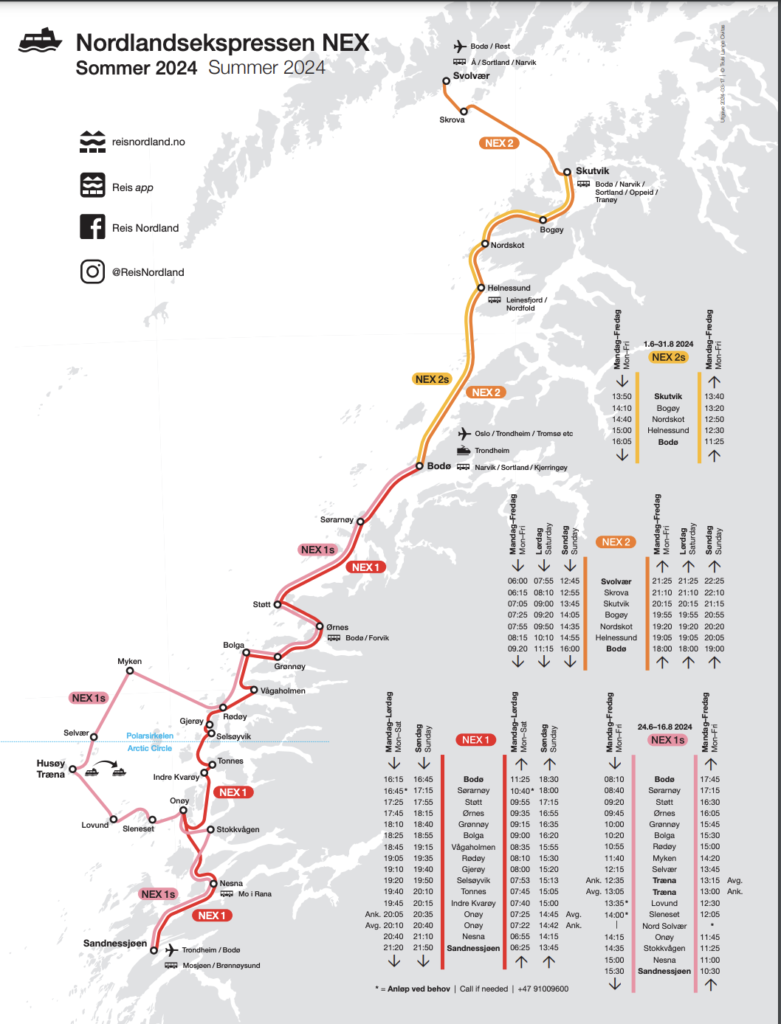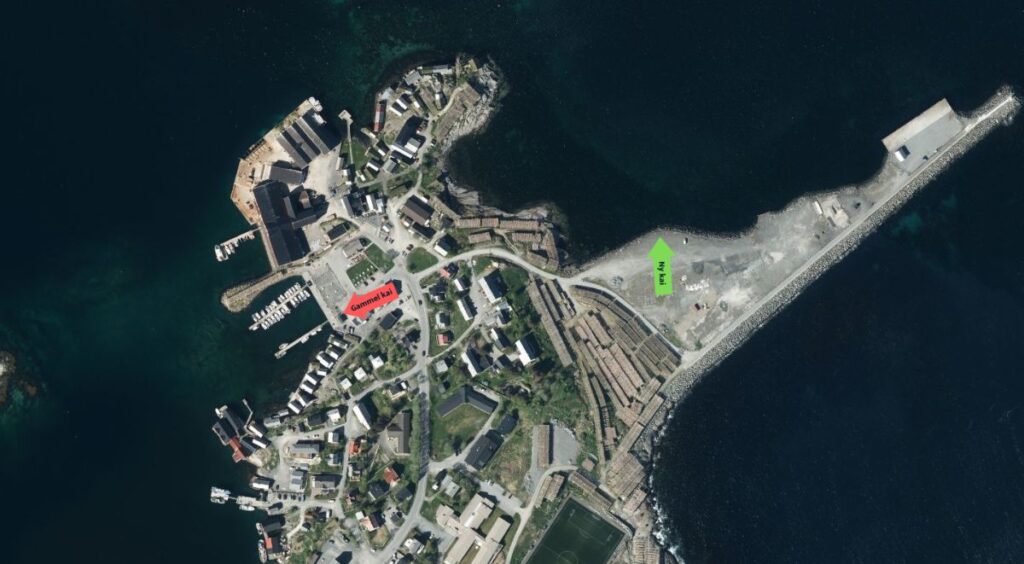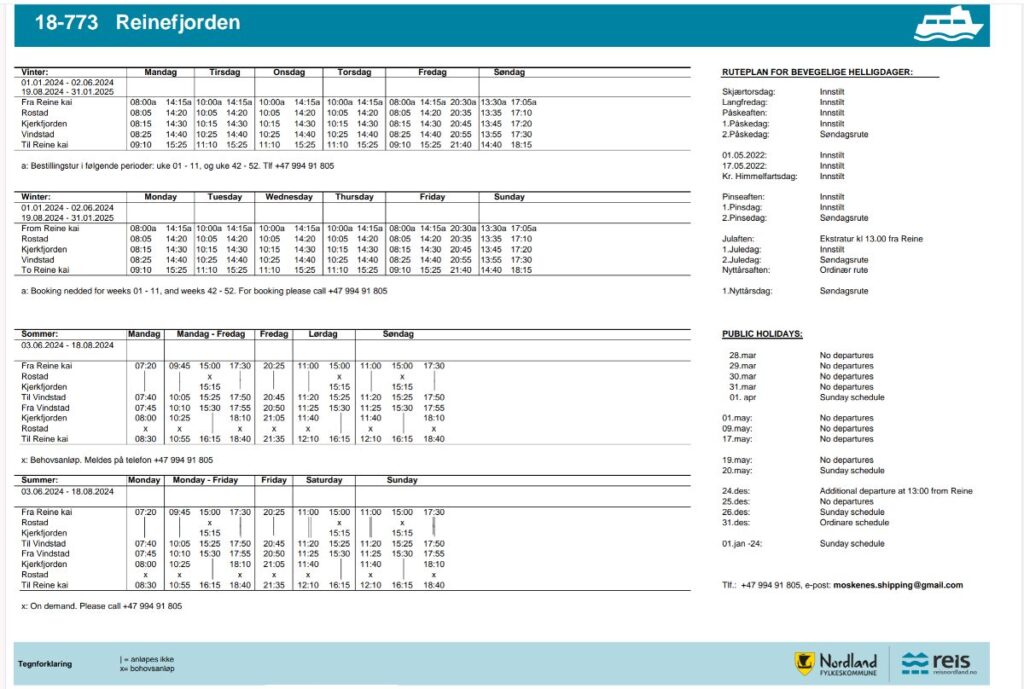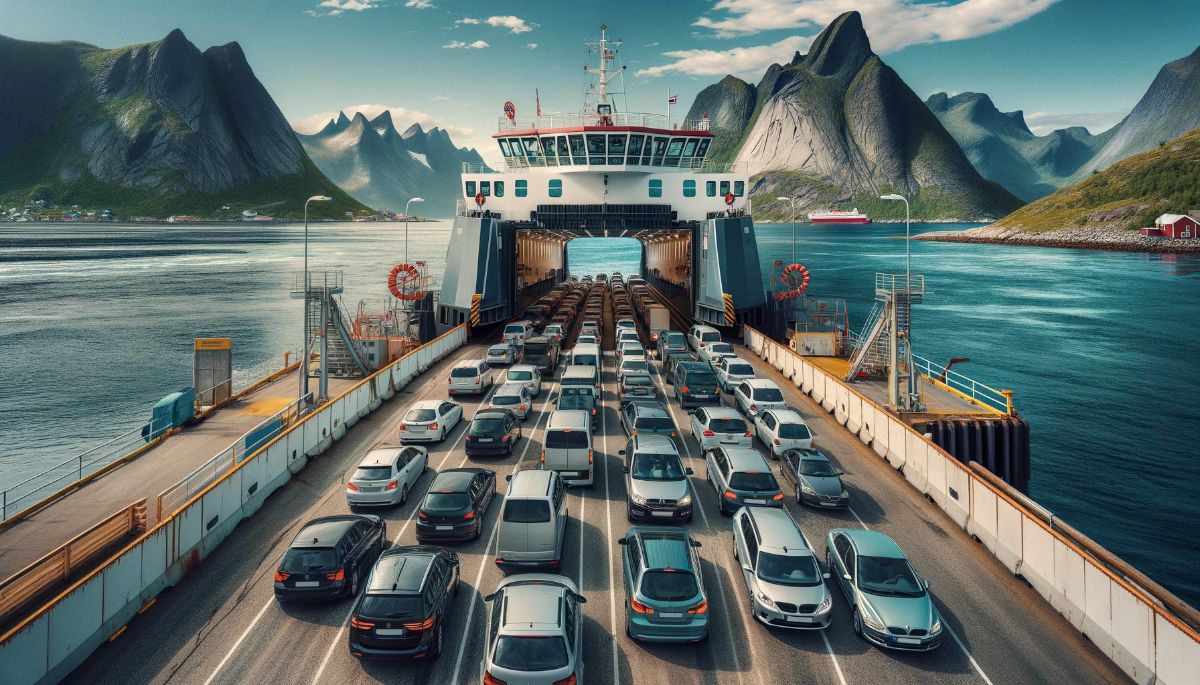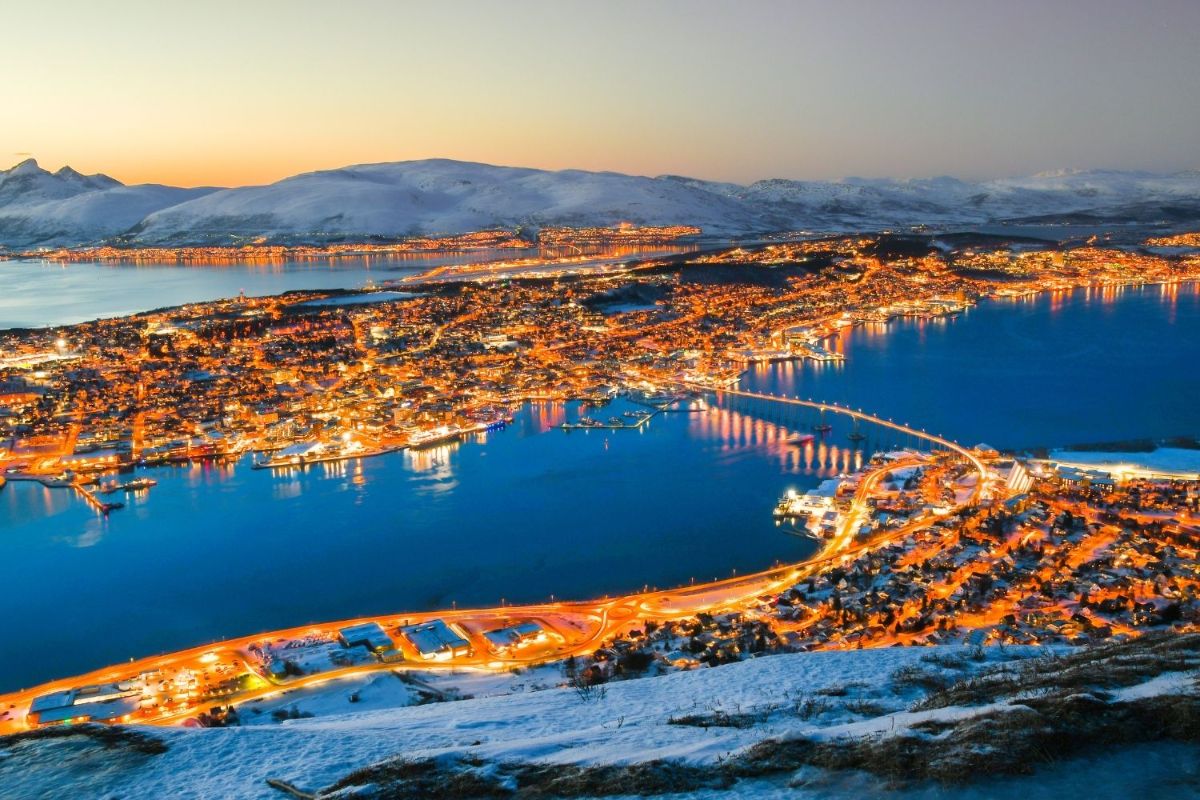
Easter in Norway: What to expect from Norwegian Påske
Easter in Norway is something truly special. It’s not just another holiday for Norwegians; it feels like a heartfelt celebration of leaving behind the long, dark winter and stepping into the light, hopeful spring days. During Easter, you’ll notice cities and towns becoming remarkably quiet as most Norwegians head to their cozy mountain cabins, eager to catch the season’s final days of skiing.
We’re not here to give you a long lesson on Norwegian Easter traditions – we’ll touch on those just a bit. Instead, we want to provide some handy tips for visiting Norway during Easter.



